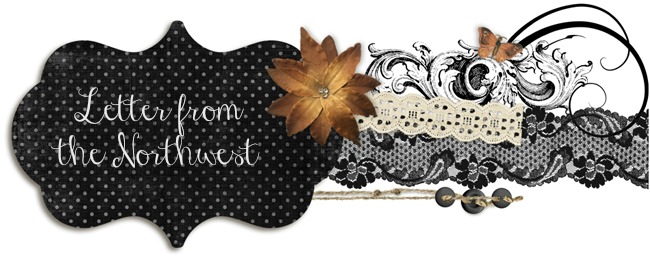Sunday afternoon, I dropped a heavy can on my ankle. I let out a quick OUCH! but, after a minute, I dismissed it from my mind. Later Polly came home from house sitting and asked me to help her carry her things up from the car. I felt a pain in the region of my foot and looked down to see a huge black and blue lump! I could hardly step on it. Polly called the advice nurse at our clinic. she said the usual ice (which we already had put on it) and ibuprofen (also already swallowed) and elevate )already elevated). It was painful yesterday and I stayed off it as much as possible. (luckily I had a new book from the library) I'm quite sure there's no permanent damage. I can feel my bottom spreading as I sit on the couch with my foot up. I've got to get out of the house today. I'm going stir crazy! Maybe we can go down the road and get some apples.
With the help of these......
...I am avoiding these



